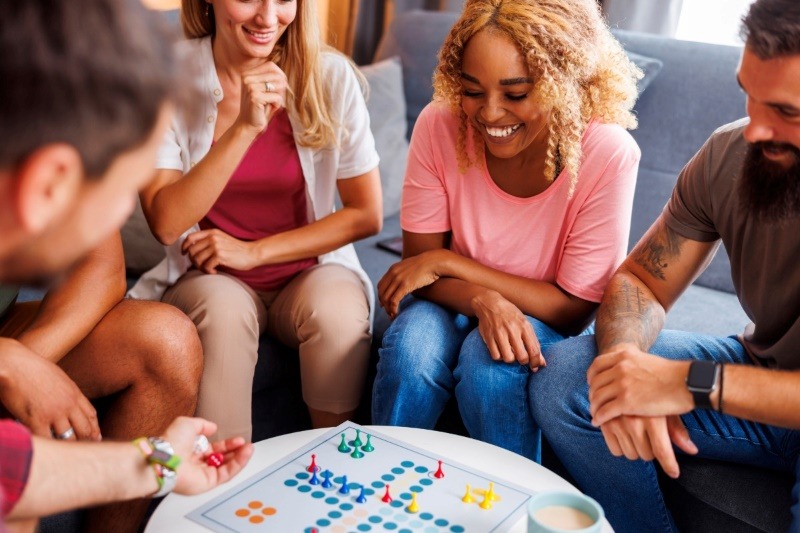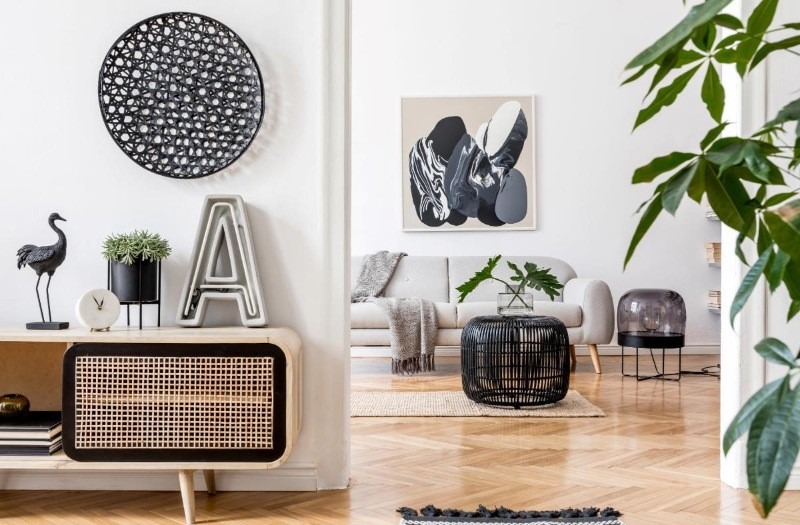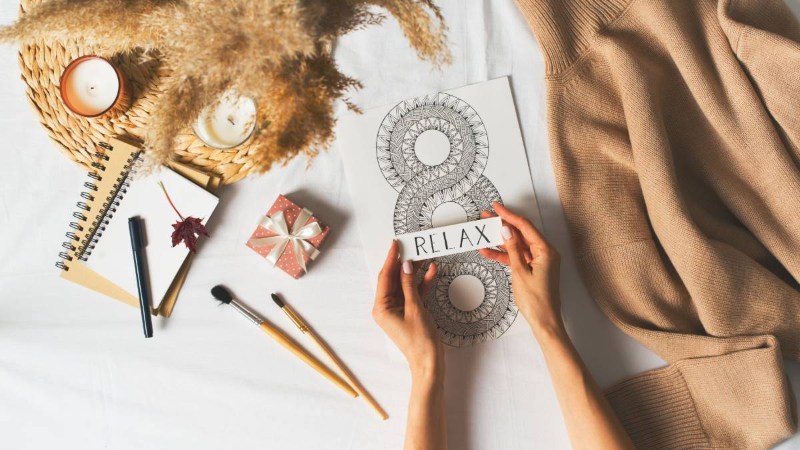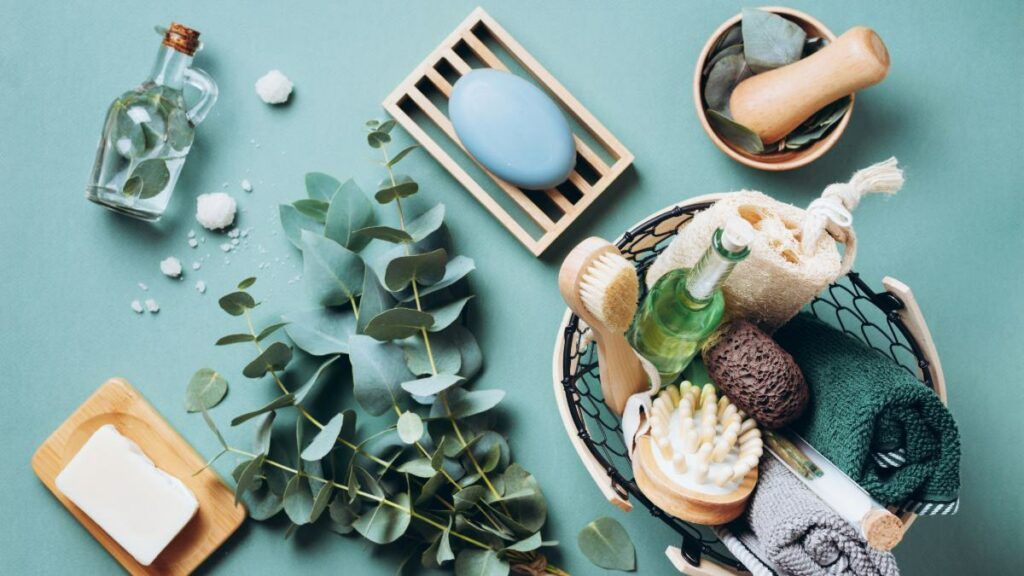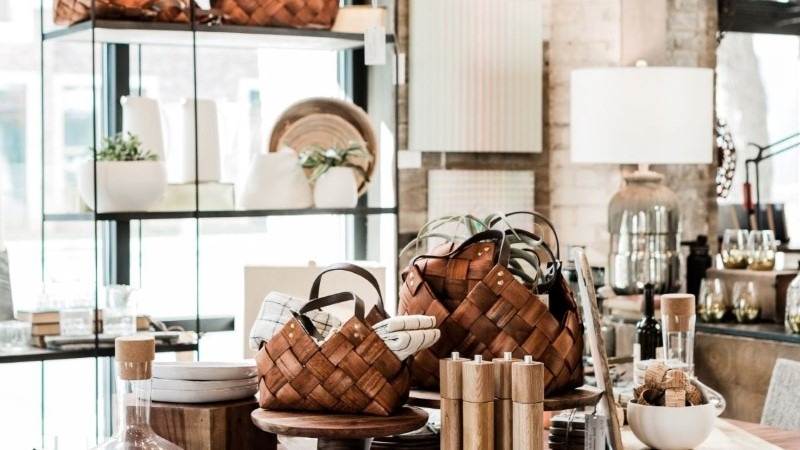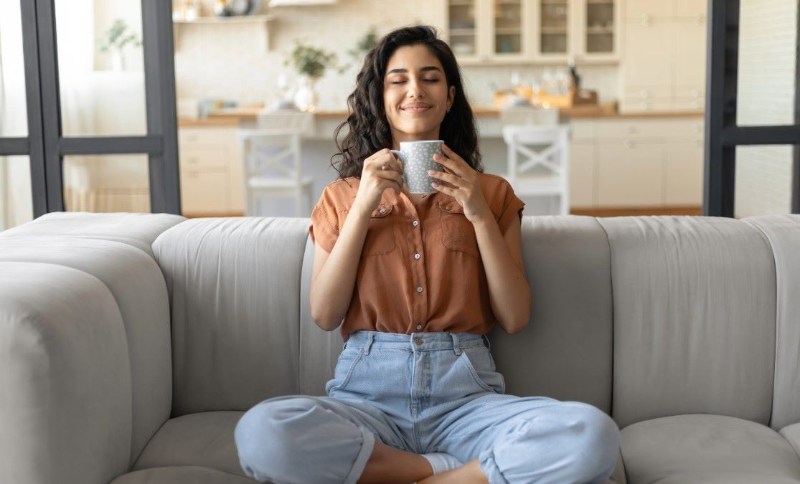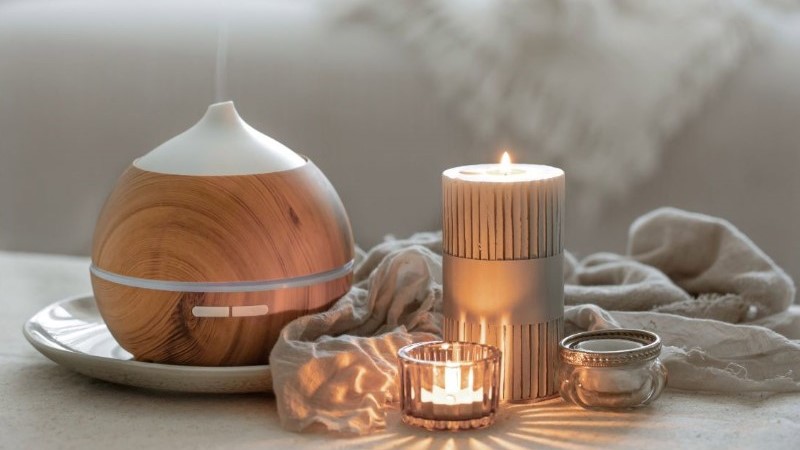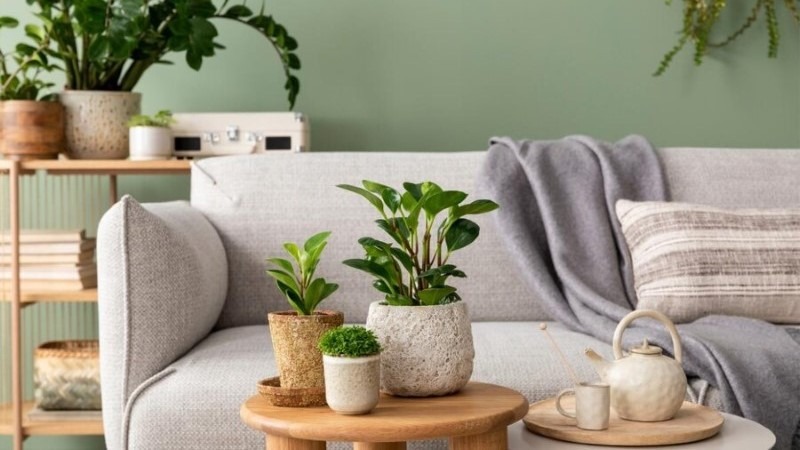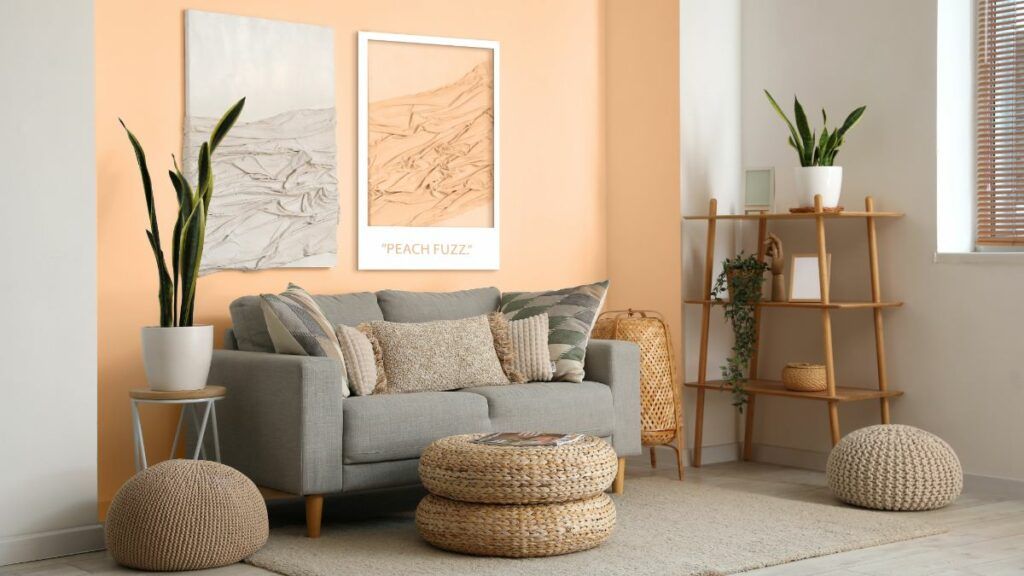Some of the links on this blog may be affiliate links. This means that if you make a purchase through these links, we may earn a small commission at no additional cost to you. We are a participant in the Amazon Services LLC Associates Program, an affiliate advertasing program designed to provide a means for us to earn advertising fees by linking to Amazon.com and affiliate websites.
What comes to mind when you hear the word “minimalism”? Limitations? Emptiness? Boring and bland colors? Simplicity? Neatness? Or maybe freedom? Whatever emotions this word evokes in you, this topic is worth exploring, especially if you feel like there is chaos around you.
Do you ever think you have too many things? Too many clothes, knickknacks, books, cosmetics, and accessories? Fast fashion makes us want something new all the time, and technological innovations force us to change tech gadgets regularly. We click, and we buy. As a result, the mess is growing around us with things that we don’t know what to do with. We start storing them in a basement, in boxes, or in the closet, sometimes for years.
The solution to this situation could be a minimalist lifestyle and interior design in your home. Over time, you will feel more peace around you, chaos will disappear, and you will finally be able to focus on what is valuable and important to you. Belongings will stop ruling your life.
Are you ready to ditch the clutter and create more space in your life?
Table of Contents
What is a minimalist lifestyle?
Minimalism is nothing more than a number of different practices that are designed to simplify your life and help you achieve everyday joy. It can manifest itself in every area of your life: everyday objects, interior design, furniture, and art.
The concept of minimalism is not about restrictions and following rules, but about choosing life priorities. It makes you think about what is really valuable to you and what benefits you. Treat it as a tool and a key to happiness and freedom. Thanks to minimalism, you will free yourself from emotional attachment to belongings, and you will be satisfied with life regardless of the number of things you have.
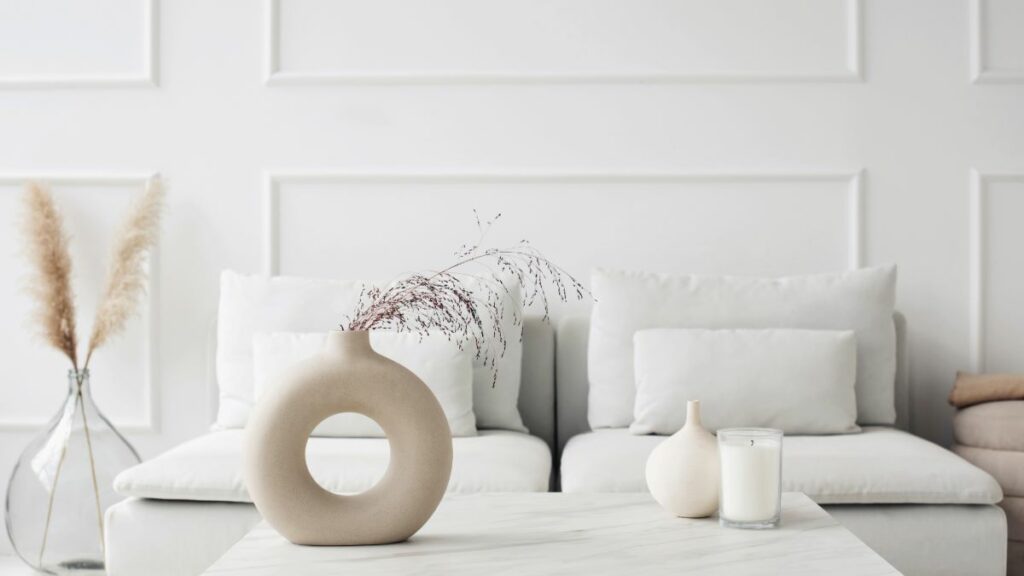
Minimalism can also be applied to painting, art, and interior architecture. It has been limited by artists to the basics: simplified geometric shapes, such as a square, triangle, or circle.
Minimalism rejects the traditional and so far known skills imposed on artists and the fact that every work should have a metaphorical, hidden message. This trend consists of presenting topics related to our everyday lives in a literal way and without hidden meaning.
What are five types of minimalist interior design?
In architecture and interior design, minimalism is characterized by simplicity, a lack of decorations, flashy colors, and constructions based on simple shapes. Applying the principles of minimalism, you can create spaces that are aesthetically pleasing and promote a sense of peace and balance. There are five basic types of interior minimalism you can choose from.
1. Scandinavian minimalism is characterized by spacious rooms with plenty of natural light. The interiors are bright, with dominant neutral colors (white, grey, and beige), and the furniture is simple and functional.
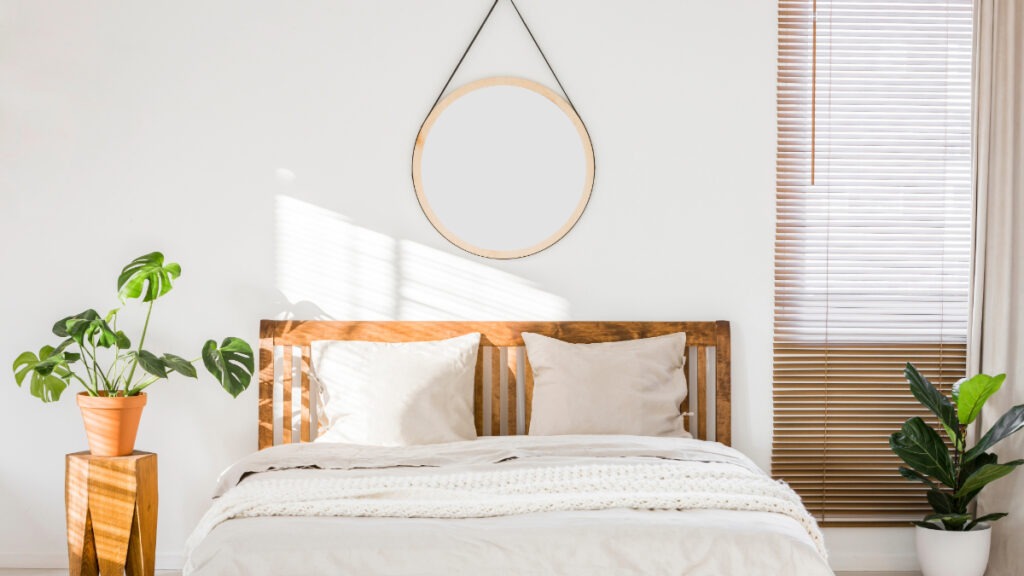
2. Japanese minimalism is full of harmony. The interiors are simple and clean. Things are hidden in drawers. There can be one dominant decoration. The colors are subdued, mainly warm browns, drawn from the earth’s colors (green, beige, and white). Furniture is made of natural wood and has very simple shapes.
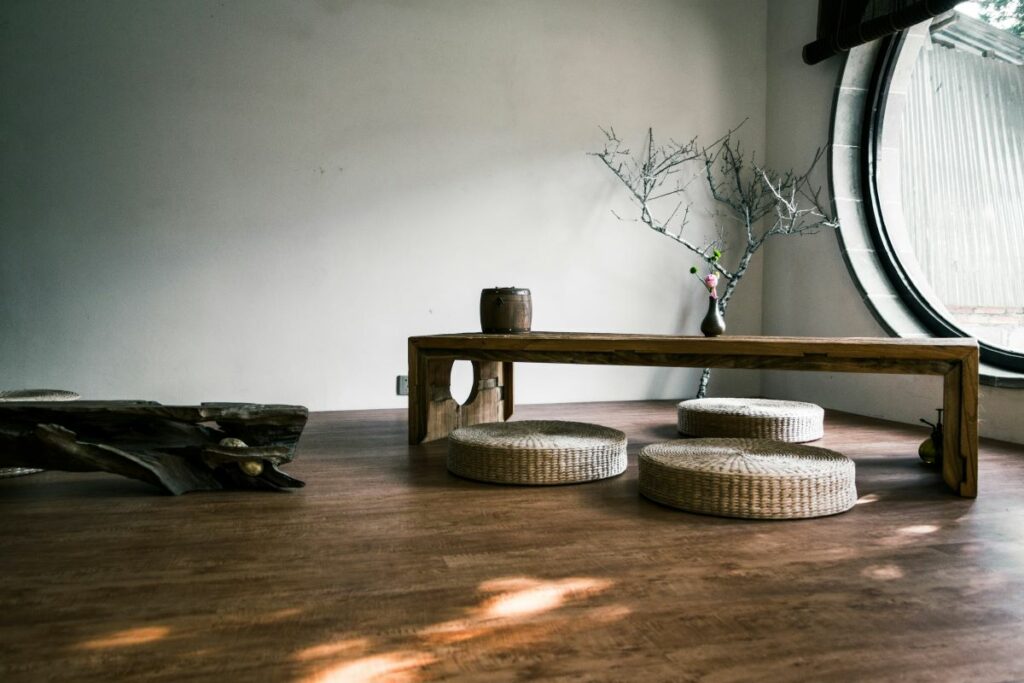
3. Bohemian minimalism is a combination of two styles: minimalism and boho, with a focus on the simplicity of interior design and the absence of clutter. It is characterized by subdued colors, natural textures, and vintage furniture.
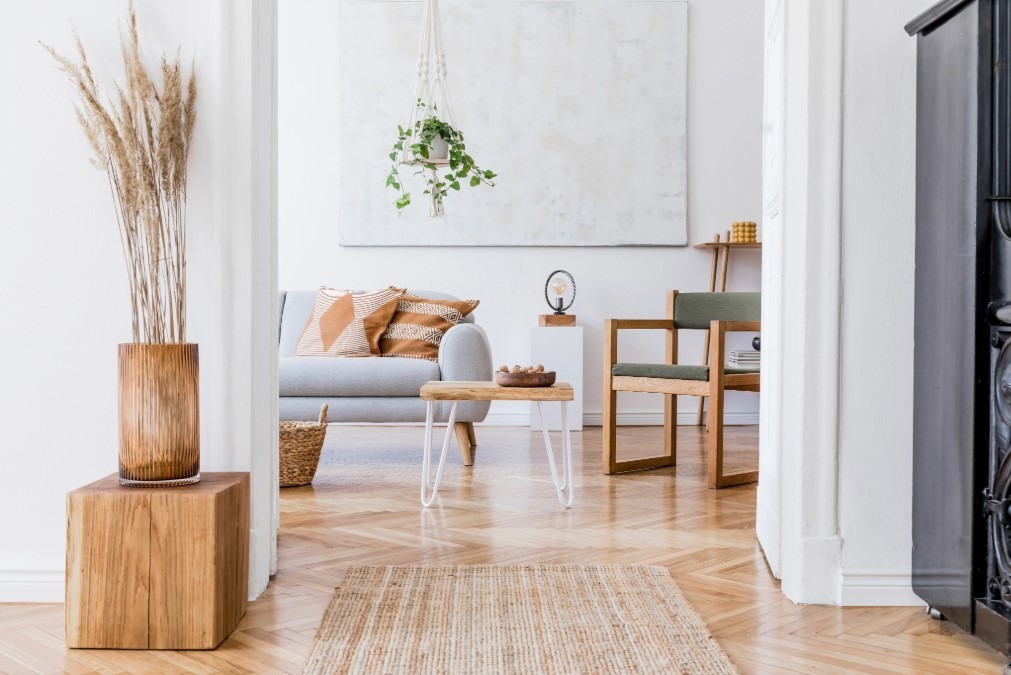
4. Organic minimalism is a modern trend that combines a large amount of natural beauty with a simple, high aesthetic and organic appeal. It is dominated by subdued colors, a lot of plants, and ecological furniture.
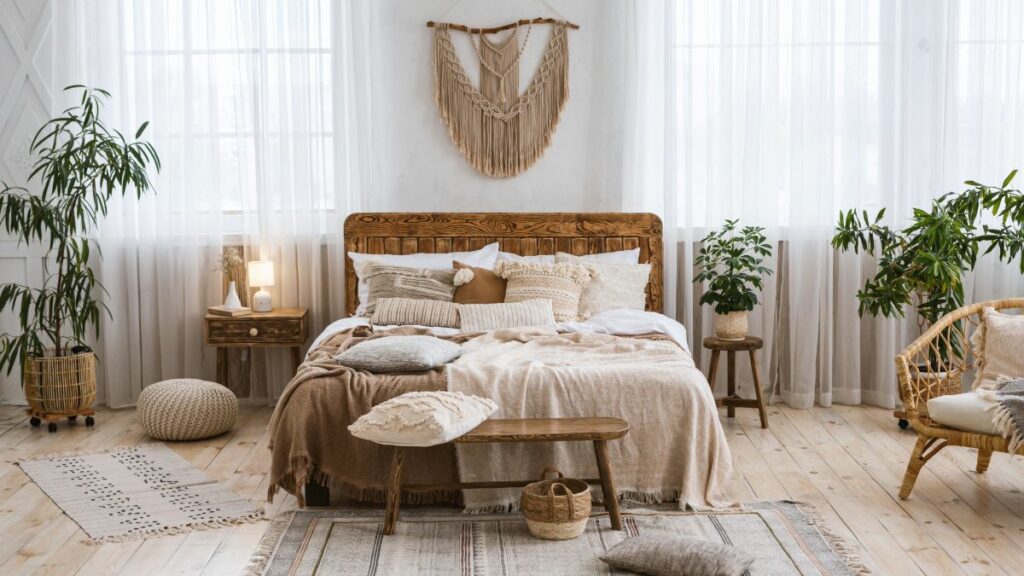
5. Industrial minimalism is one of the latest trends in minimalism. It is distinguished by clean lines and metallic details, which is why it gives the impression of being sophisticated and edgy. Inspiration is drawn from the interiors of warehouses and factories. It is dominated by concrete and cold colors, such as grey, white, and black.
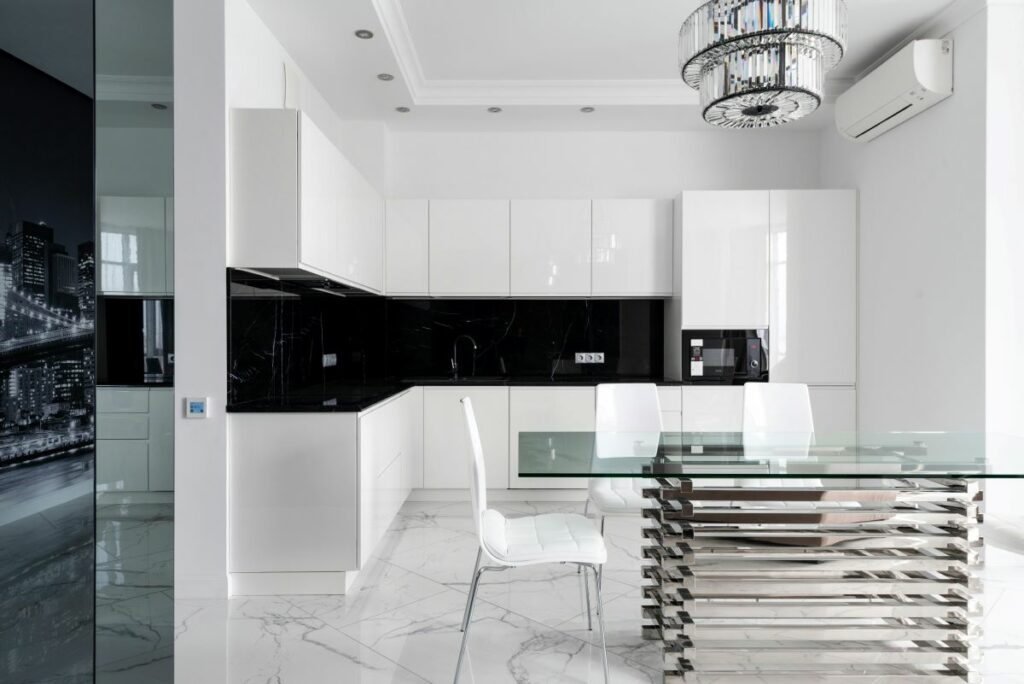
What is the origin of minimalism?
Minimalism has had its roots in the teachings and traditions of many religions. However, it developed in the 20th century and gained popularity in the 1960s in the United States – particularly in New York. Initially, it was a response to the avant-garde art of the 1950s, which was characterized by spontaneity and high expression.
The artists of minimalism began to create simple, literal works that did not carry a hidden message and were art in and of themselves. Modern works at that time had clean and angular edges, simplified geometric figures, and bright colors. The sculptures were made of plastic, metal, and aluminum with sharp edges.
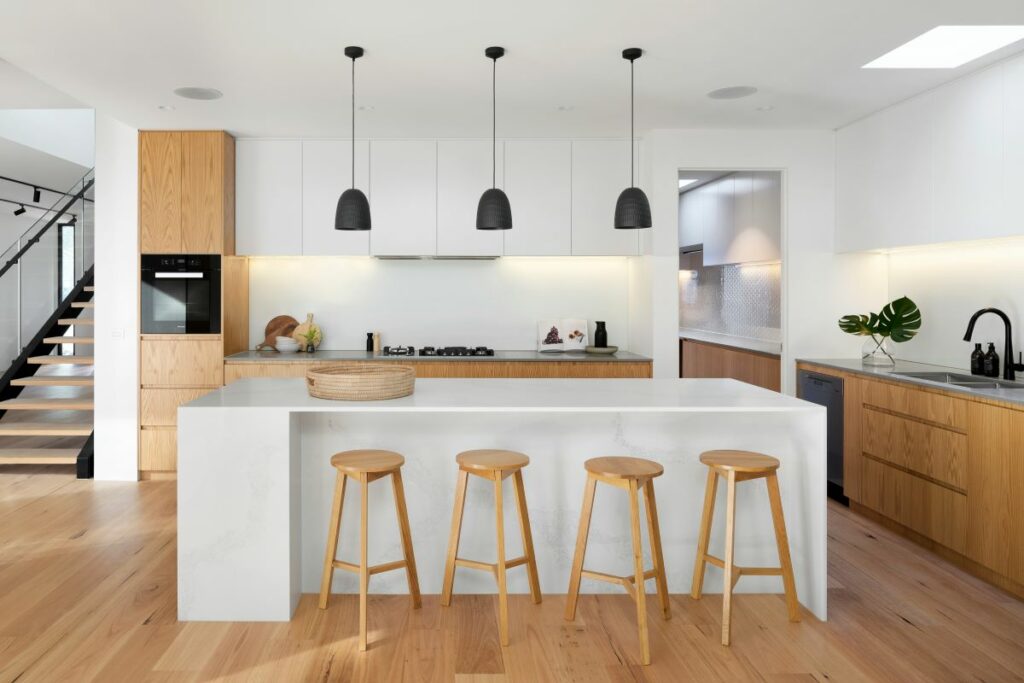
How to introduce a minimalist design style in five steps?
Nowadays, more and more people are opting for the minimalist lifestyle, which involves changing the interior design of their home. Minimalism at home is guided by one simple rule: “less is more.” Following this concept, you will be able to create order, expand your living space, and get more joy from everyday activities.
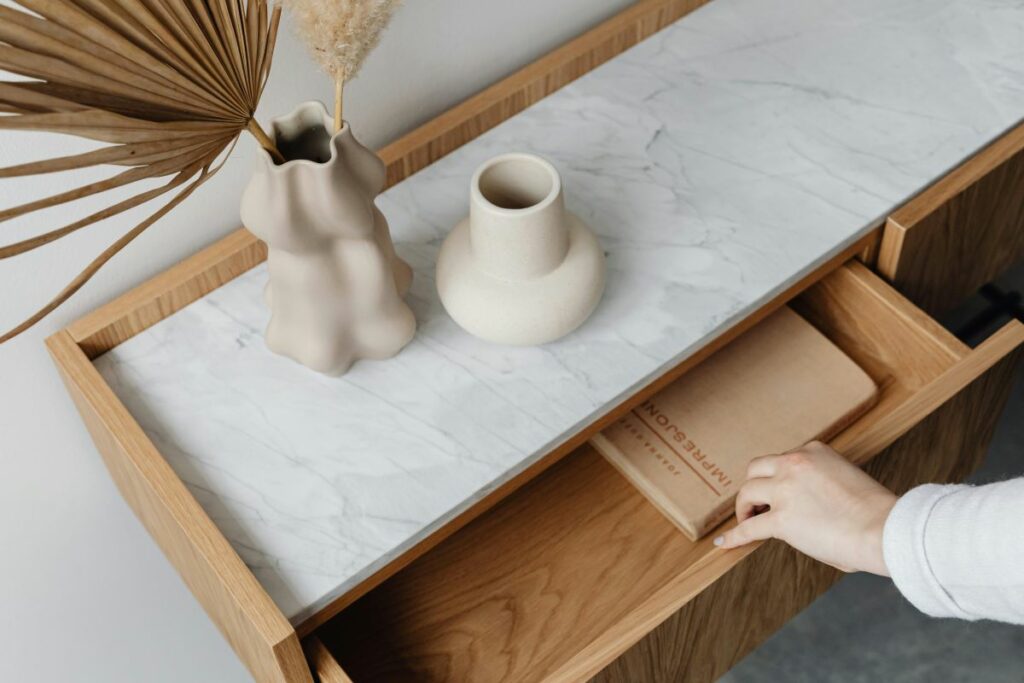
Step 1
The first step is to analyze your home and the possessions you own. Think about what is valuable, what you want to keep, and what is useful. Determine the need and practicality of your belongings, and it will help you understand how to reduce your clutter and focus on functionality.
Step 2
The second step to achieving your goal is to create an action plan. After analyzing your belongings, create a to-do list that you will follow when cleaning your home. It will save you a lot of time and make the process faster by allowing you to know what to expect. If your home has been cluttered for years and your schedule is tight, plan to set aside specific days dedicated to cleaning only. Take your time, don’t rush, and manage it slowly.

Step 3
The third step is to eliminate your unneeded belongings by: selling, throwing away, or giving away the clutter in your house. It can go to your family or neighbors, organizations, or charitable associations.
Getting rid of things should cover all the areas of your home including: the bedroom, bathroom, kitchen, living room, basement, garage, and attic.
Think about which items could be useful to others before you throw them away. Fix the ones that can be repaired. Give forgotten old items a second life. Keep for yourself only those that have sentimental value and that you actually use.

Step 4
The fourth step is cleaning and organizing the cluttered places in your home – the wardrobe, cabinets, shelves, and so on. The key to creating a minimalist interior is proper space management and storage.
After getting rid of what is unnecessary, there will certainly be more space in your cabinets, and some shelves will remain empty. In such a cases, you can also remove furniture, especially non-functional ones or those intended for decoration only.
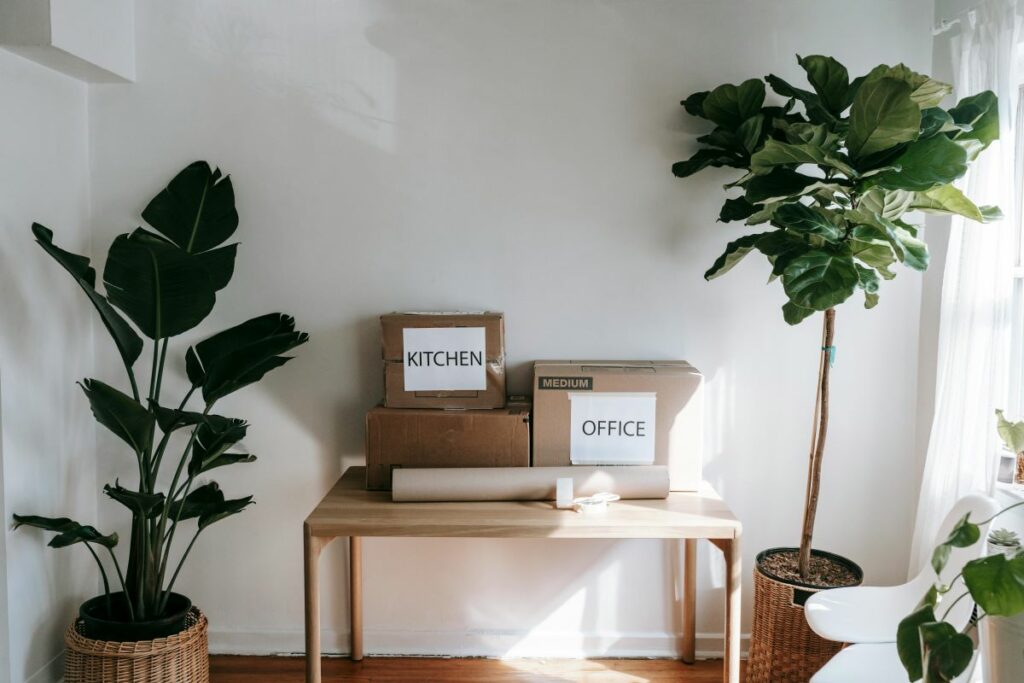
Step 5
The fifth step is changing the your overall interior design, decorations, and furniture. Now you can plan the transformation of your rooms in your favorite minimalist style. Select functional furniture that has simple forms and is made of real natural materialswood.
Choose natural, calm shades related to nature, such as white, gray, beige, and green. But if you want to introduce some other colors, choose pastel and subdued ones so that they are not conspicuous and will not detract from the create a whole minimalist interior design.
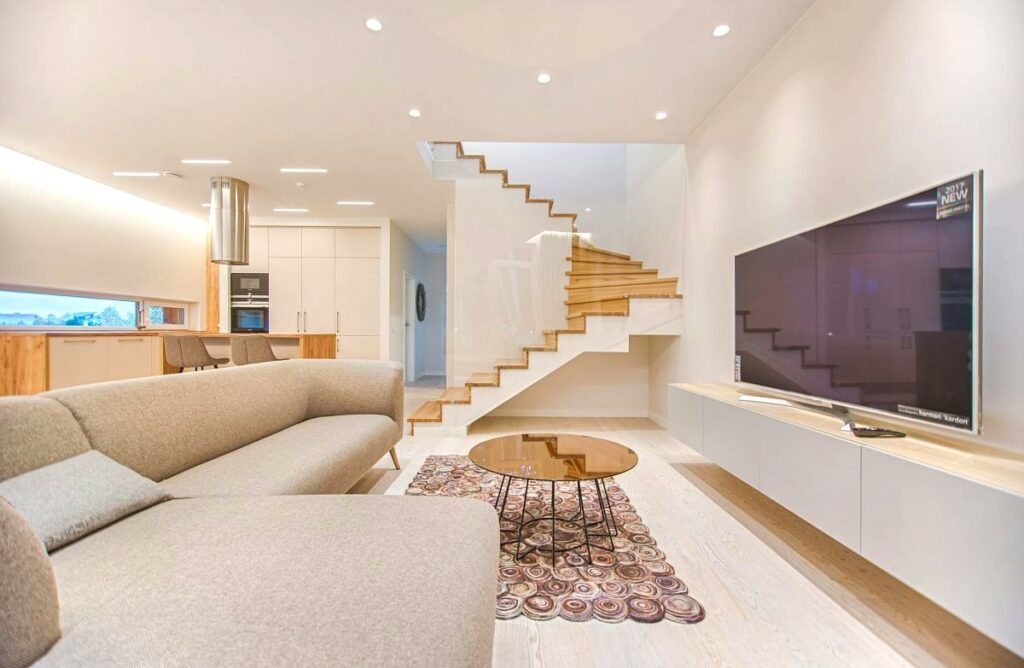
Remember the goal is to limit the number of items, so don’t fill every corner by force. Forget about trinkets and figurines on the windowsills, desks, tables, or pictures and lamps on the walls. Leave corners and countertops empty, this way you will be able to maintain the impression of an open, clean and calm space.
However, if you want to go all out and become a true minimalist, you can try the famous “The 100 Thing Challenge,” started by Dave Bruno. It involves owning only 100 things and completely simplifying your life.
Another popular concept of minimalism is living in tiny houses or even “returning the land,” i.e., growing your own vegetables and plants and reducing consumerism.
What are the secrets of a minimalist lifestyle that will make you happy?
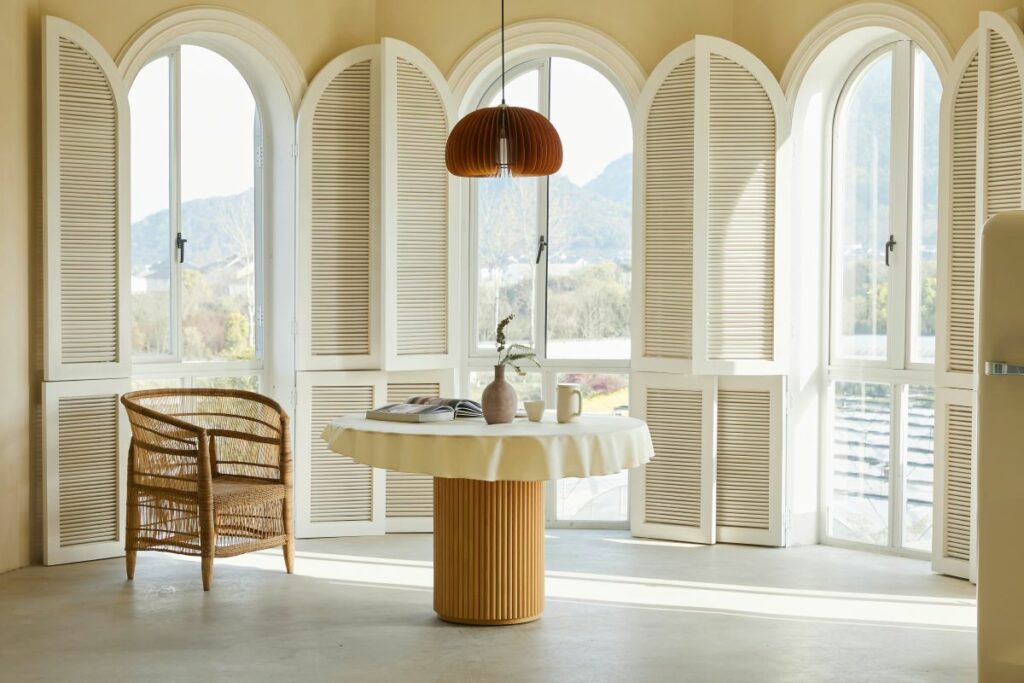
Fewer belongings mean a clear and calm mind
Organizing your belongings is like organizing your mind. You cleanse your space and yourself of what is unnecessary. Having fewer things means having a less occupied mind and being less overwhelmed and distracted from your daily activities. You will stop spending time organizing clothes and clutter, moving them from one place to another.
Therefore, introducing minimalism will allow you to create order and harmony in your home. It will be easier for you to focus and do one specific thing. Moreover, subdued colors and lots of greenery in the rooms will help you rest and relax more easily.
Fewer belongings means fewer sentiments
If you are the type of person who keeps things from the past or many odd items “because they might be useful someday, and it is a shame to throw them away,” then minimalism will help you to let go. Of course, it is worth keeping a few souvenirs that have sentimental value for you, but if you don’t read books twice, sell them. If you don’t wear the same evening dress several times, sell it as well. You don’t have to keep something for years just because you bought it or someone gave it to you.
Minimalism can be difficult at first, but over time it will help you stop getting so sentimentally attached to so many things. Getting rid of them will become easier, and your closet and basement will never be cluttered again.
You will realize that not everything you used to keep was necessary, and living with fewer belongings is totally possible.
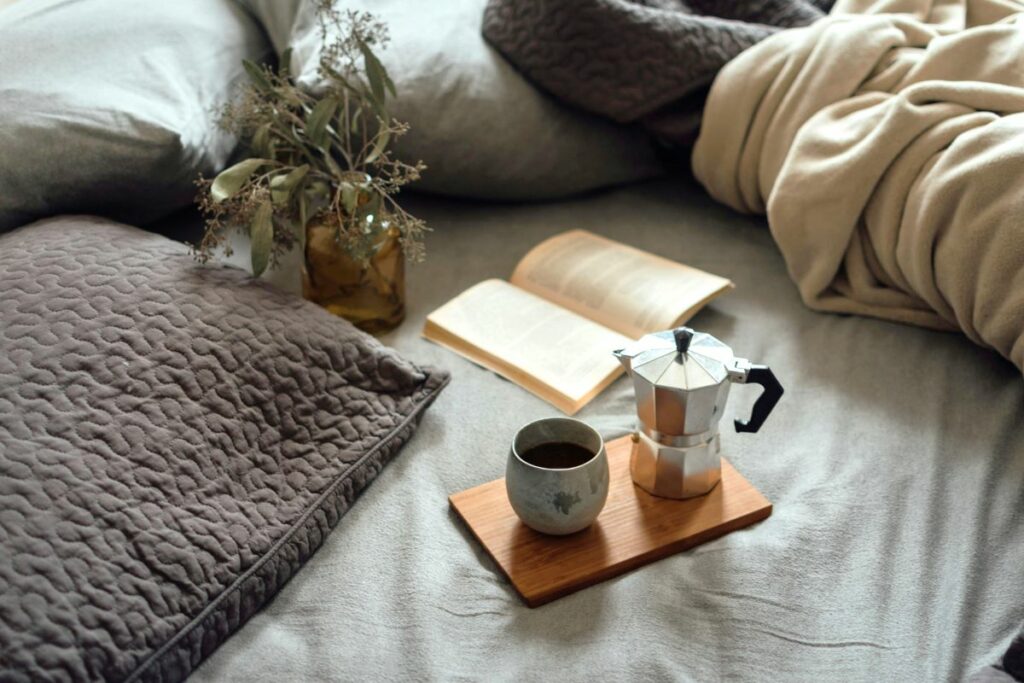
Fewer belongings means less time spent cleaning
Since you have fewer belongings, you will spend less time cleaning. You won’t waste time rearranging, arranging, or organizing decorations, trinkets, clothes, or cosmetics.
Dusting and vacuuming will be much easier and more pleasant because little will stand in your way. Keeping empty window sills, countertops, furniture, and shelves clean will not be as time-consuming as it used to be.
Thanks to minimalism, you will gain more time for yourself, your hobbies, and your interests. You could take up additional activities or simply spend this extra time on relaxation.
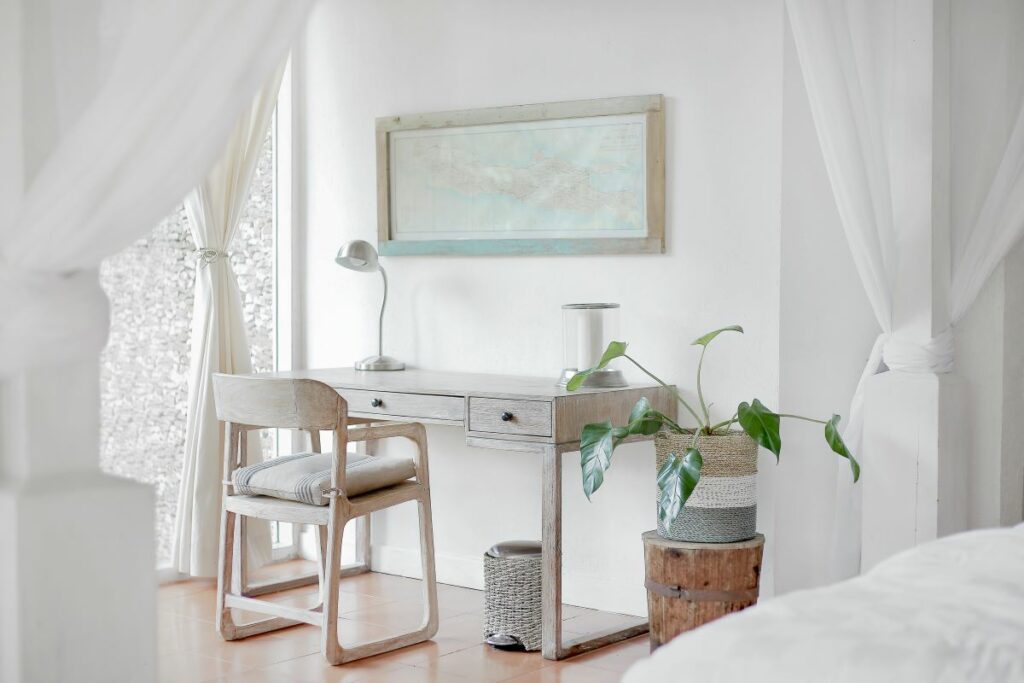
Fewer belongings means a clean and neat space
A minimalist lifestyle means simplicity, cleanliness, order, and aesthetics. In a minimalist interior, there is a lot of free space, lots of elements from nature, and no chaos.
Each element is well thought out and creates a whole with the decor and colors. In such a place, you will have fewer problems with systematic organization and maintaining harmony and peace.
Your worries and thoughts about planning cleaning as an important event for the entire day will fade away. What’s more, you won’t panic when someone visits you unannounced because there will be no chaos or clutter in your home. You won’t have to say, “I am sorry, but I didn’t have time to clean up” ever again.
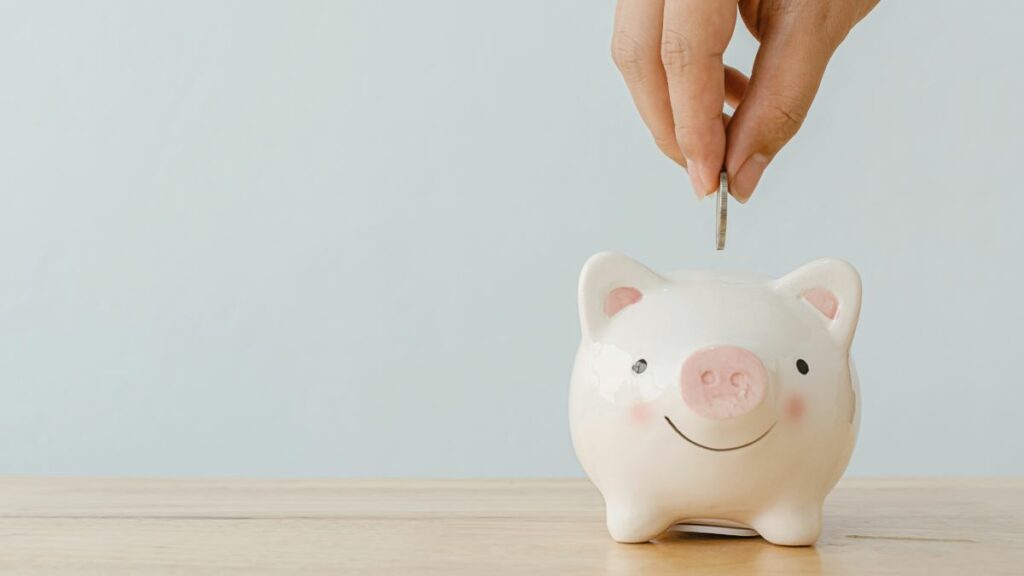
Fewer belongings means saved money
Minimalism is also associated with saving money because you will no longer have the need to buy so many things. A few things is not a limitation, but the possibility of using them in different ways and styles. Your purchases will be thoughtful and less frequent.
As a minimalist, you will stop feeling the pressure of having to buy the latest gadgets or clothes. For example, with the money you save, you will be able to buy better-quality clothes that can be worn longer than those bought in fast fashion stores.
Quantity will turn into quality.
Minimalism will help you control expenses related to practically all areas of your life. You will build new habits, thanks to which you will focus on only buying what you really need. Your decisions will be more well-thought-out and less impulsive.



